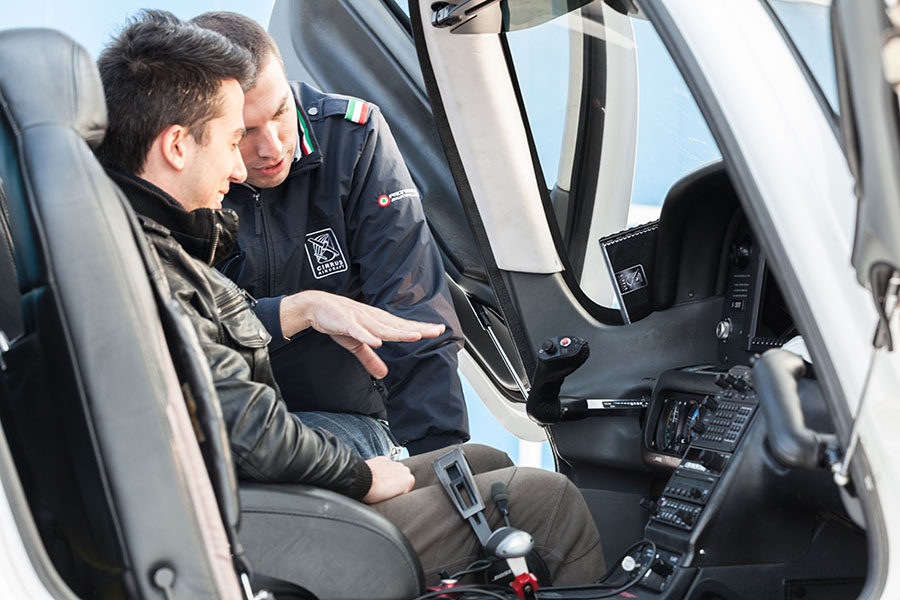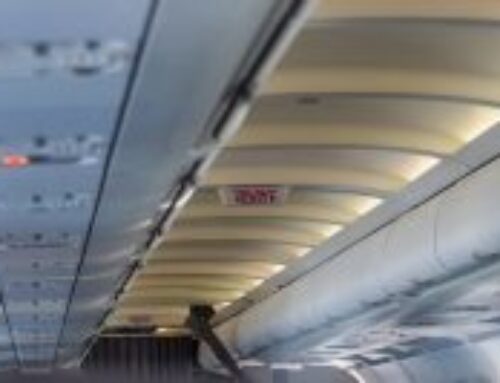Flight safety: the ballistic parachute

Many pilots board an airplane equipped with a ballistic parachute thinking that specific training is not necessary to be able to use this important safety device that is, instead, necessary to know how to handle well for a safe and successful use it in flight.
The ballistic parachute is a parachute that is installed on the aircraft and can be operated in an emergency situation: the system allows you to launch a parachute, which is fixed within the aircraft thanks to belts, by way of a solid-propellant rocket.
The system is basically composed of the parachute, of the fastening and suspension belts, of an extraction unit and of the rocket. The ballistic parachute can be activated thanks to a handle, which, however, provides a protection system that prevents accidental opening both on the ground and in flight: in fact, before taking off, it is necessary to remove a safety pin and, in flight, to remove a cover to be able to pull the handle that operates the system.
Ballistic parachutes have revolutionized safety in the general aviation industry by providing an additional safety measure to the aircraft occupants, theoretically similar to how seat belts do on cars.
When should the parachute be activated?
The answer is not simple and is a subject of debate for pilots, especially on dedicated forums. This indecision was due, in the early years, to the lack (apart from the certification tests) of statistics that would confirm the usefulness of this system. Nowadays, however, almost twenty years following its first introduction, the numbers tell us something very important: all those who used it saved their lives.
For this reason we can say that, nowadays, one of the main reasons that leads even pilots with years of experience to avoid opening the parachute, not allowing the aircraft to decelerate that would provoke a very violent impact to the ground, is the lack of an adequate training. A training that goes far beyond the simple physical gesture of reaching the activation lever. A pilot’s indecision in operating the parachute can be fatal.
Therefore, the time factor is decisive. This is the reason why it is necessary to know well what are the scenarios in which you must use the parachute and as soon as you recognize yourself in one of those scenarios you should not make any other evaluation, the hands should move by themselves to carry out the opening procedure that has been tried and retried during training. What we always remind our students is that the decision to open the parachute is never made when the emergency situation occurs, but it is a decision that is taken months or years before theoretically, during the initial and recurring training of the pilot. Only this allows you to save precious seconds, seconds that are necessary to have a correct opening of the parachute.
Every emergency situation, in fact, requires different assessments: if the aircraft has a strong dive attitude and quickly loses altitude, it is recommended to activate the parachute as soon as possible. If, on the other hand, the pilot has control of the plane, he/she can choose to stop the descent and then open the ballistic parachute.
Activating the ballistic parachute in time also implies a dose of cold blood, which in emergency situations may not be so common. That is why it is important for the pilot, other than reviewing the procedure of using the parachute during the take-off briefing, to also perform a small exercise during the initial climb: reach the parachute lever every time the minimum opening altitude is exceeded. This will allow the pilot to develop the muscle memory of the gesture and to make it more instinctive should the opportunity arise.
Always fasten your seat belts
When activating the parachute, the deceleration induced by this action can be very strong: if you are not well fastened to the seat with the belts, the impact can be too strong. This is why it is important to keep the seat belts fastened during the flight: a small gesture that must never be neglected.
Flying is an experience that always causes some thrills, even for the most experienced pilots, but it is still important to give priority to your safety: to know the characteristics and guidelines of using the ballistic parachute can really make the difference in a situation of emergency.
That is why we also teach this aspect to our pilots in our courses: contact us now to find out more about our educational offer and more information about our school.
All categories
Popular Posts
Recent Posts






